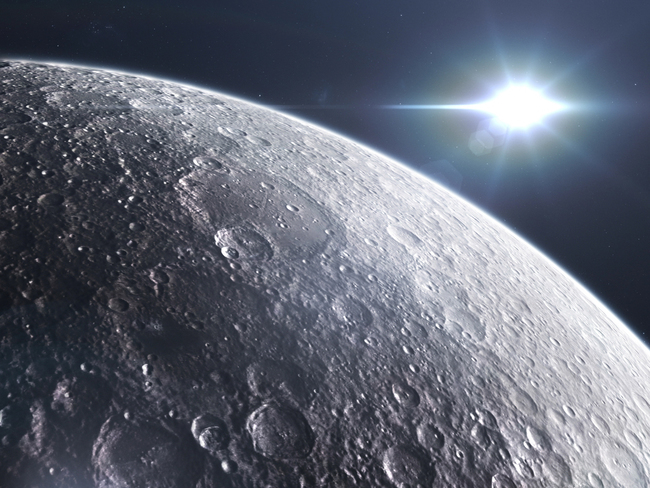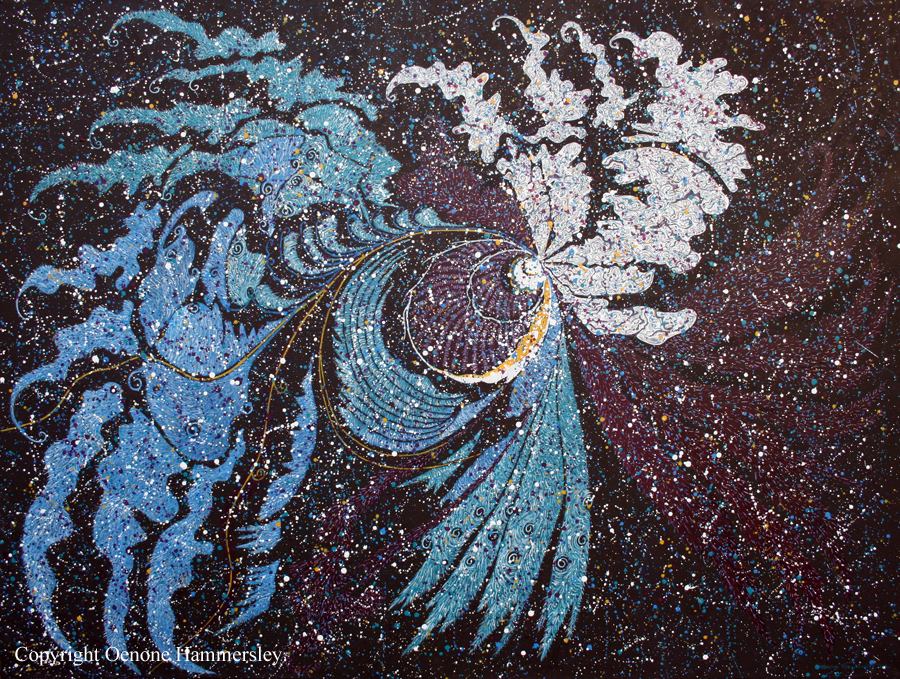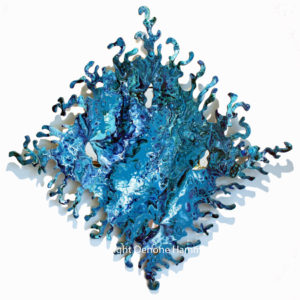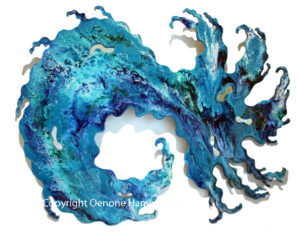Chinese nuclear scientists are studying samples carried back to Earth by China’s Chang’e 5 mission to return with lunar material in 2020. The Beijing Research Institute of Uranium Geology is studying the rock samples that are believed to contain an isotope called helium-3.
The isotope, a variant of the atom helium with a different number of neutrons, is thought by scientists to have the potential to one day provide safer nuclear energy in a fusion reactor, as it isn’t radioactive. Helium-3 is rare on earth but thought to be abundant on the moon. Chinese officials tasked with nuclear-fusion projects say it could be decades before efforts come to fruition.

Researchers in the US and other nations have studied the isotope but the costs involved put off further pursuit. China’s renewed interest is part of a decade long plan to establish itself as a leading space power, mirroring the country’s rising economic and strategic influence on Earth
Since being shut out of the U.S space agency by law a decade ago, the country has invested heavily in its own program. China spends $8 to $11 billion on just its civilian space program. China is now building a silk road to space.
Bill Nelson, the head of NASA, told a congressional hearing in May that approval of its proposed $24.8 billion budget for 2022 would better position the U.S to compete with China by first flying humans to the moon and eventually landing them on Mars.
Information for this blog comes from the Wall Street Journal article by Natasha Khan December 14th 2021. https://www.wsj.com/articles/chinas-quest-for-space-power-starts-with-moon-dust-11639396804
“Scramble for the Skies” by Namrata Goswami and Peter A. Garretson: https://space.nss.org/book-review-scramble-for-the-skies-the-great-power-competition-to-control-the-resources-of-outer-space/





